
Indoor gardening has become a popular trend, and orchids are among the most beloved houseplants. These elegant flowers can add a touch of sophistication to any home, but they require specific care to thrive. In this article, we'll explore when to repot an orchid, how to care for it, and which varieties are best suited for indoor environments.
When to Repot an Orchid
Repotting is an essential part of orchid care. Knowing when to repot your orchid is crucial for its health and growth. Generally, orchids should be repotted every one to two years. However, the exact timing depends on several factors, such as the type of orchid, the size of the pot, and the condition of the growing medium.
One of the main signs that your orchid needs to be repotted is when the roots start to outgrow the pot. You may notice roots growing out of the drainage holes or wrapping around the outside of the pot. Another indication is when the growing medium begins to break down and lose its structure. This can happen over time, especially if the orchid has been watered frequently.
It's also a good idea to repot your orchid after it has finished blooming. This allows the plant to focus its energy on root growth and recovery. When repotting, choose a pot that is slightly larger than the current one and use a well-draining orchid mix. Avoid using regular potting soil, as it can retain too much moisture and cause root rot.
How to Care for an Orchid
Proper care is essential for the health and longevity of your orchid. Here are some tips to help you keep your orchid thriving:
Best Orchid Varieties for Indoor Growing
Not all orchids are suitable for indoor growing. Some varieties require specific conditions that are difficult to replicate indoors. Here are some of the best orchid varieties for indoor environments:
In conclusion, caring for indoor orchids requires a little knowledge and effort, but the rewards are well worth it. By following these tips on when to repot an orchid, how to care for it, and which varieties are best suited for indoor environments, you can enjoy beautiful, healthy orchids in your home for years to come.
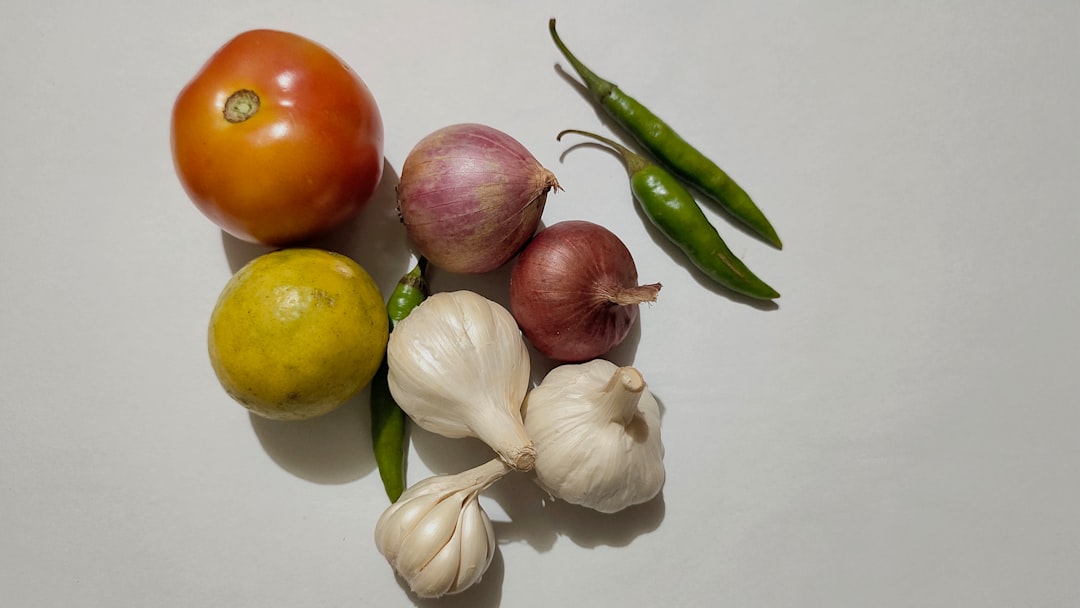
Unleashing the Beauty of Rhododendrons: Pruning Secrets
Unleashing the Beauty of Rhododendrons: Pruning Secrets
The Art of Selecting Trees by Shape
The Art of Selecting Trees by Shape
Unleash the Tropical Magic: Cultivating Foxtail Palms
Unleash the Tropical Magic: Cultivating Foxtail Palms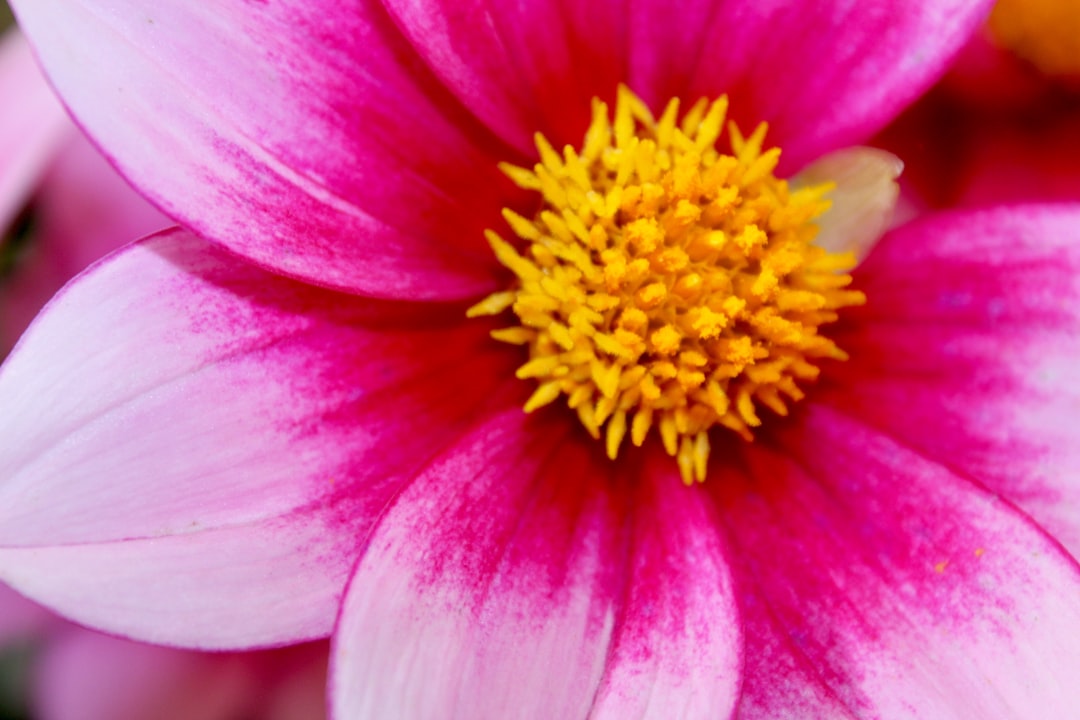
Unveiling the Secrets of Sycamore Growth
Unveiling the Secrets of Sycamore Growth
Transform Your Yard with Decorative Rocks and Stones
Transform Your Yard with Decorative Rocks and Stones
Transforming Slopes with Hardy Floral Beauties
Transforming Slopes with Hardy Floral Beauties
Summer's Floral Magic: Transforming Your Garden
Summer's Floral Magic: Transforming Your Garden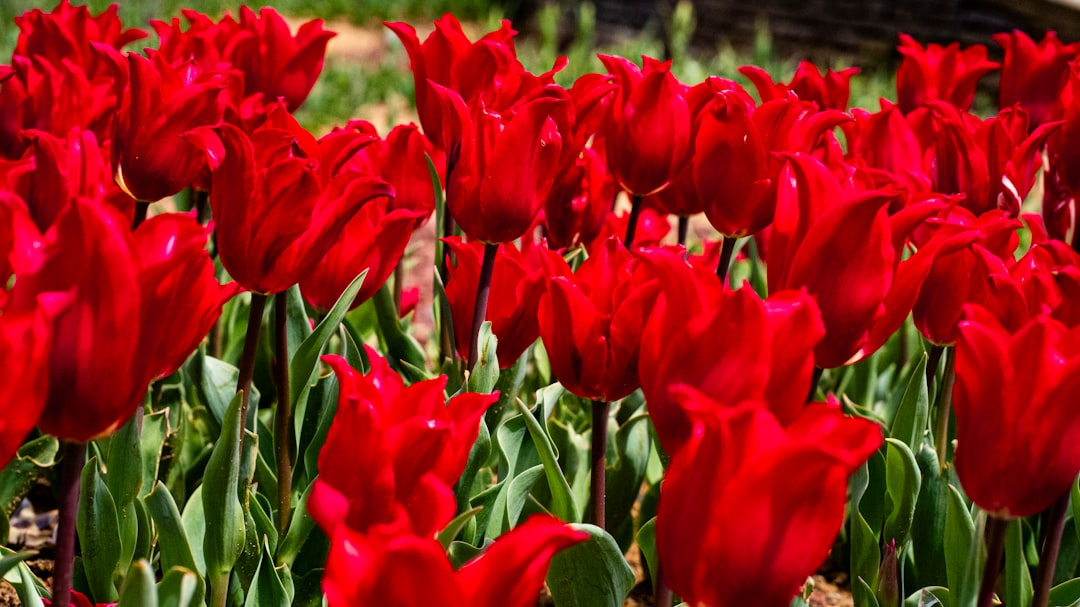
Unveiling the Charms of Baby Blue Eyes in Your Garden
Unveiling the Charms of Baby Blue Eyes in Your Garden
The Smart Guide to Perennial Gardening: Avoiding Troubles and Opting for Better Choices
The Smart Guide to Perennial Gardening: Avoiding Troubles and Opting for Better Choices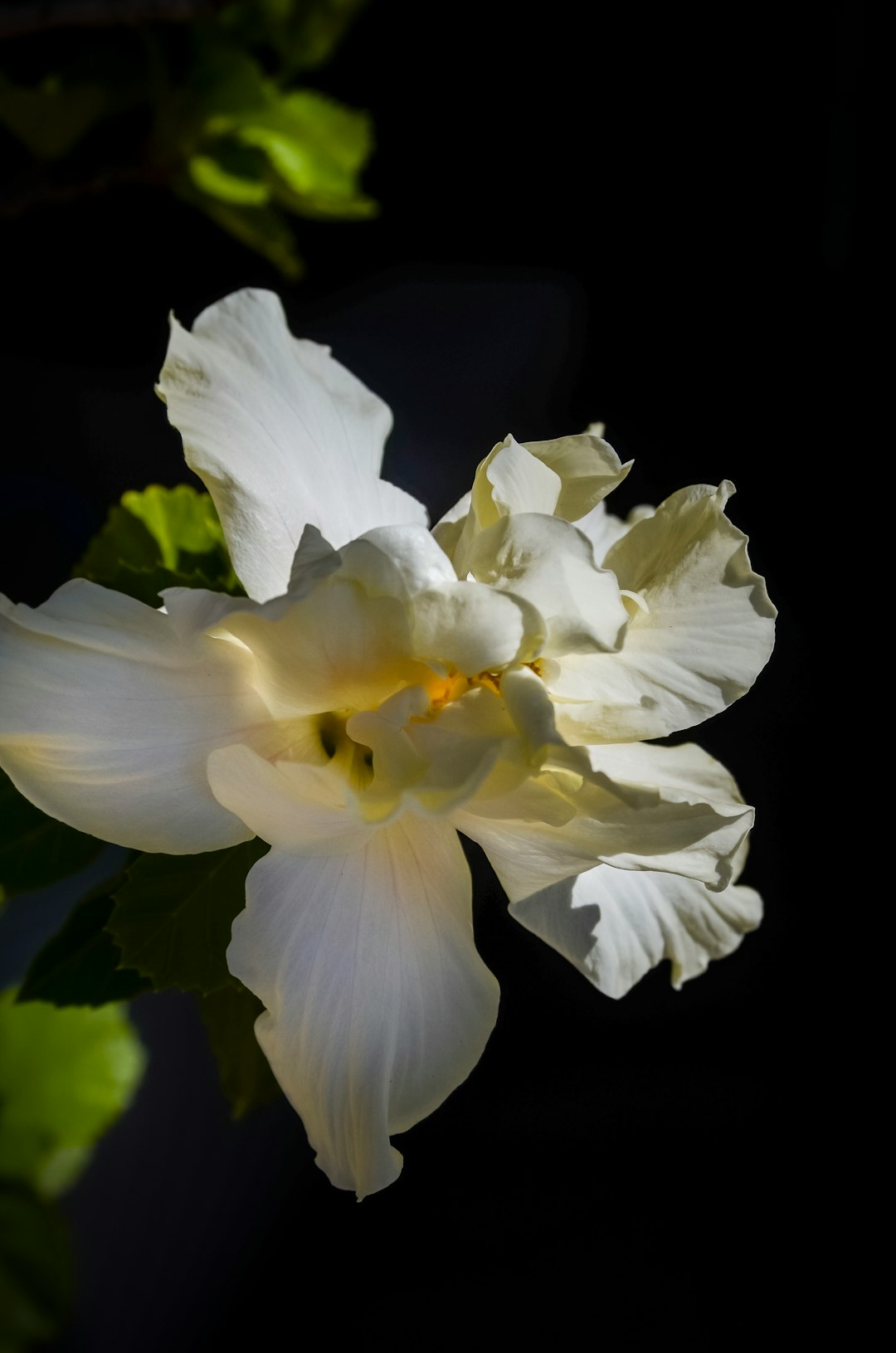
The Secret to a Festive Holiday with Poinsettias
The Secret to a Festive Holiday with Poinsettias
Conquering the Unwanted Guests in Your Yard
Conquering the Unwanted Guests in Your Yard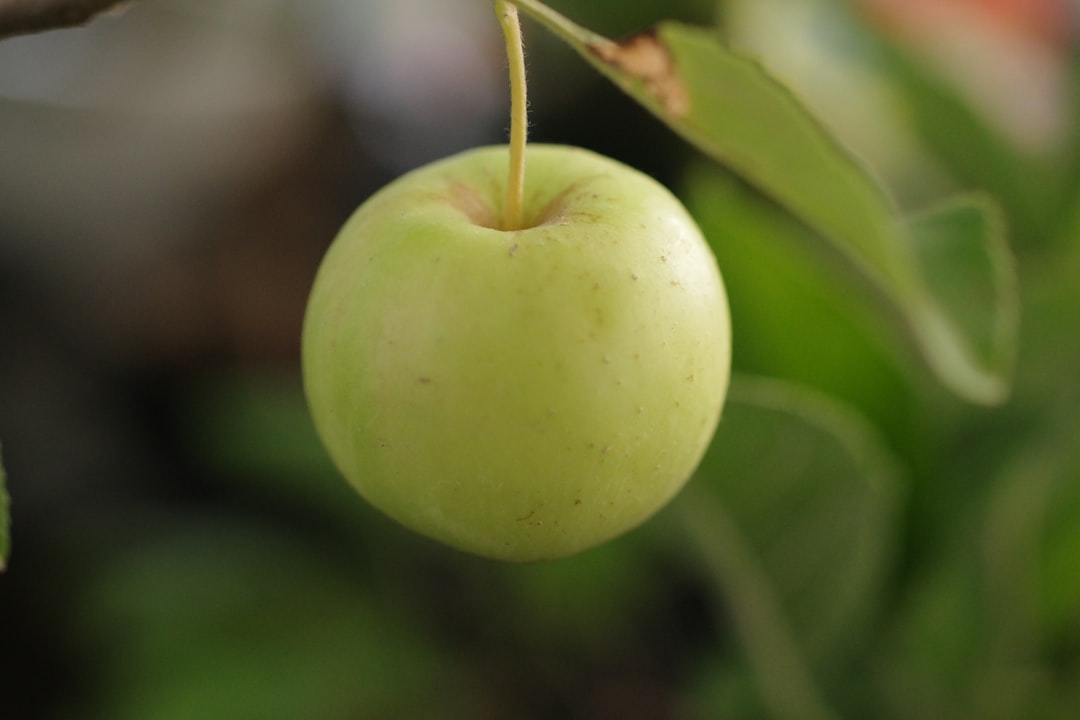
Banishing Raccoons from Your Garden: A Comprehensive Guide
Banishing Raccoons from Your Garden: A Comprehensive Guide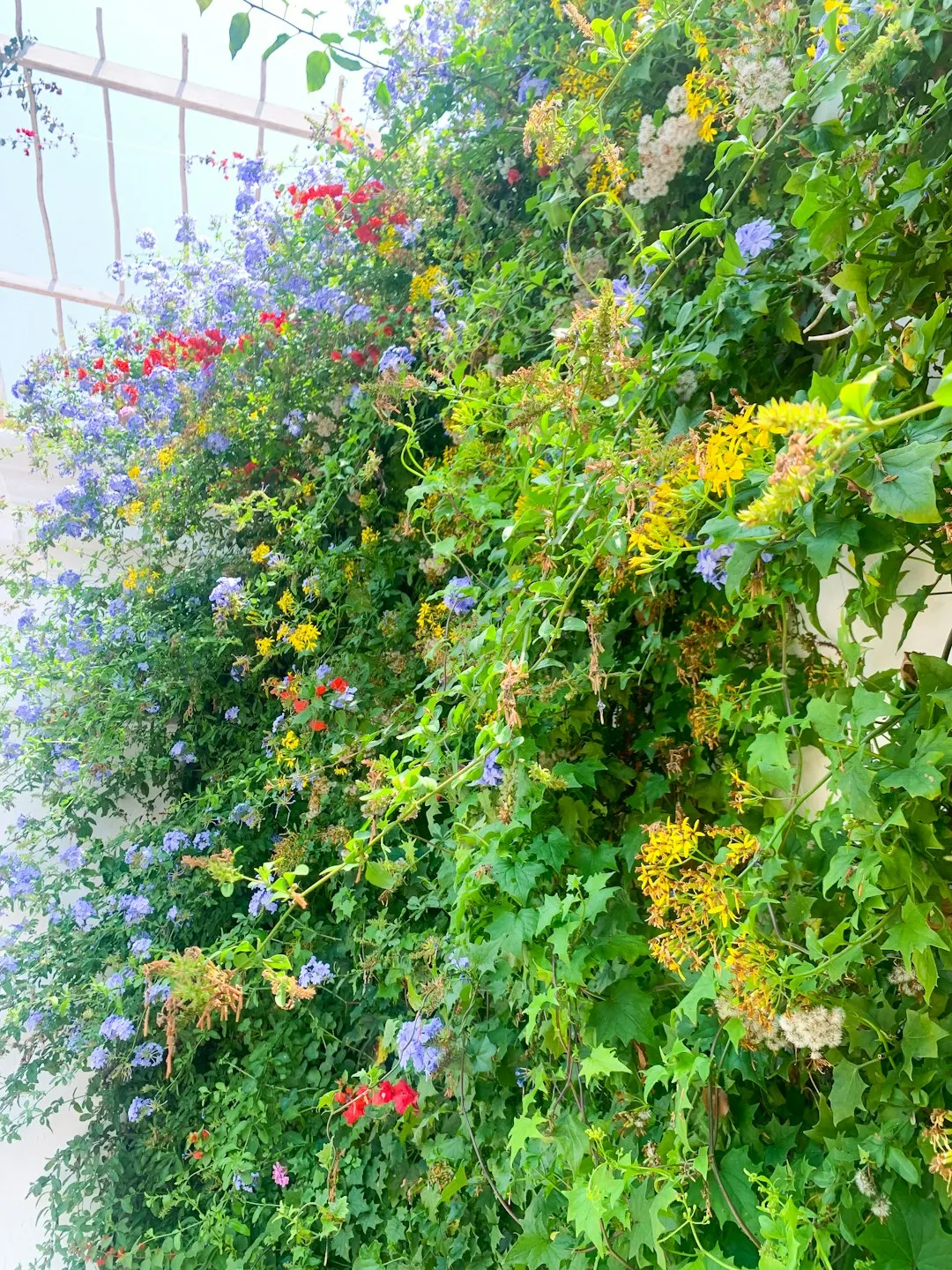
The Hidden Dangers of Using Bleach in Your Garden
The Hidden Dangers of Using Bleach in Your Garden
Defending Your Garden from Furry Invaders
Defending Your Garden from Furry Invaders
The Secret Weapon Against Garden Powdery Mildew
The Secret Weapon Against Garden Powdery Mildew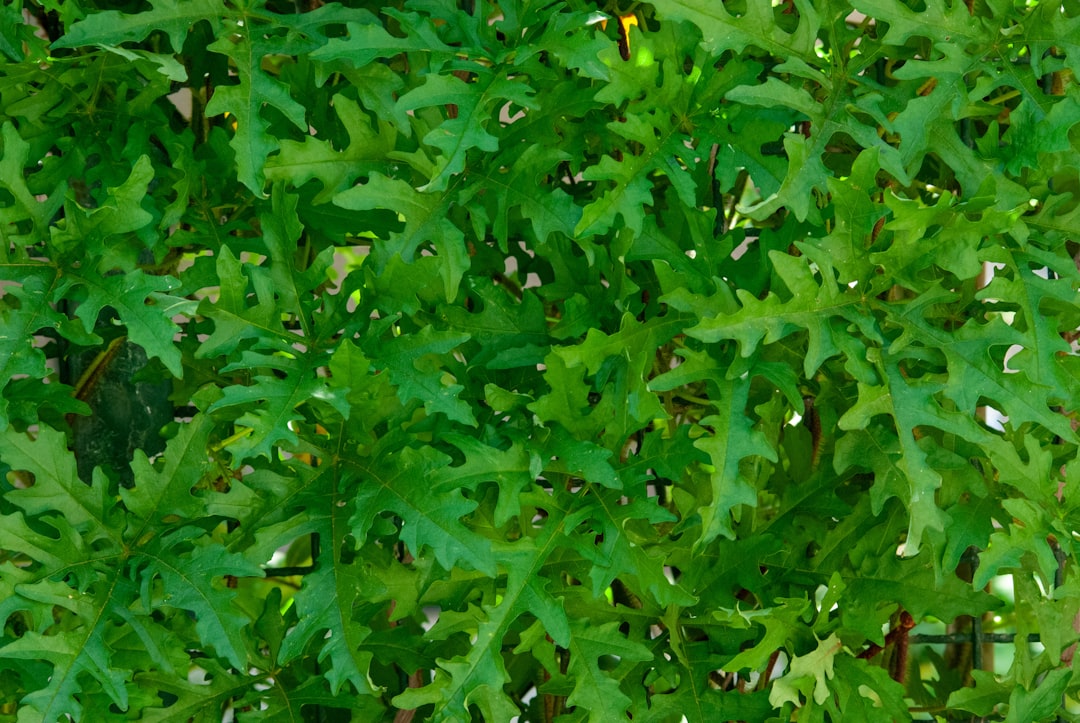
Transform Your Yard into a Romantic Oasis
Transform Your Yard into a Romantic Oasis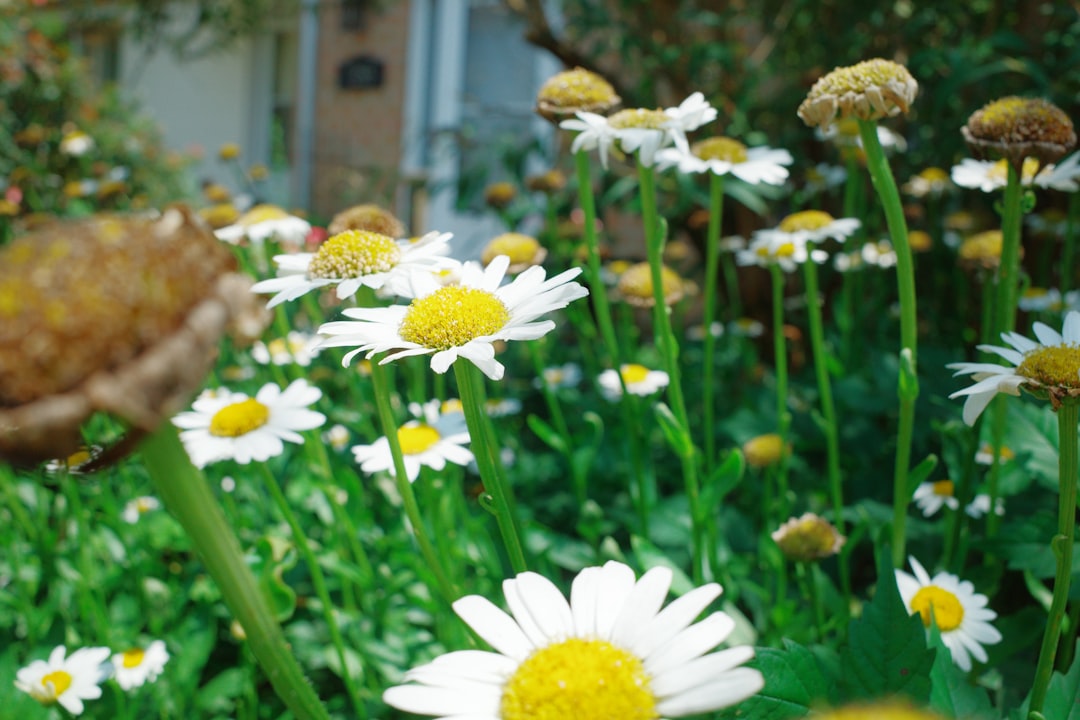
Transform Your Home's Look with Effortless Garden Designs
Transform Your Home's Look with Effortless Garden Designs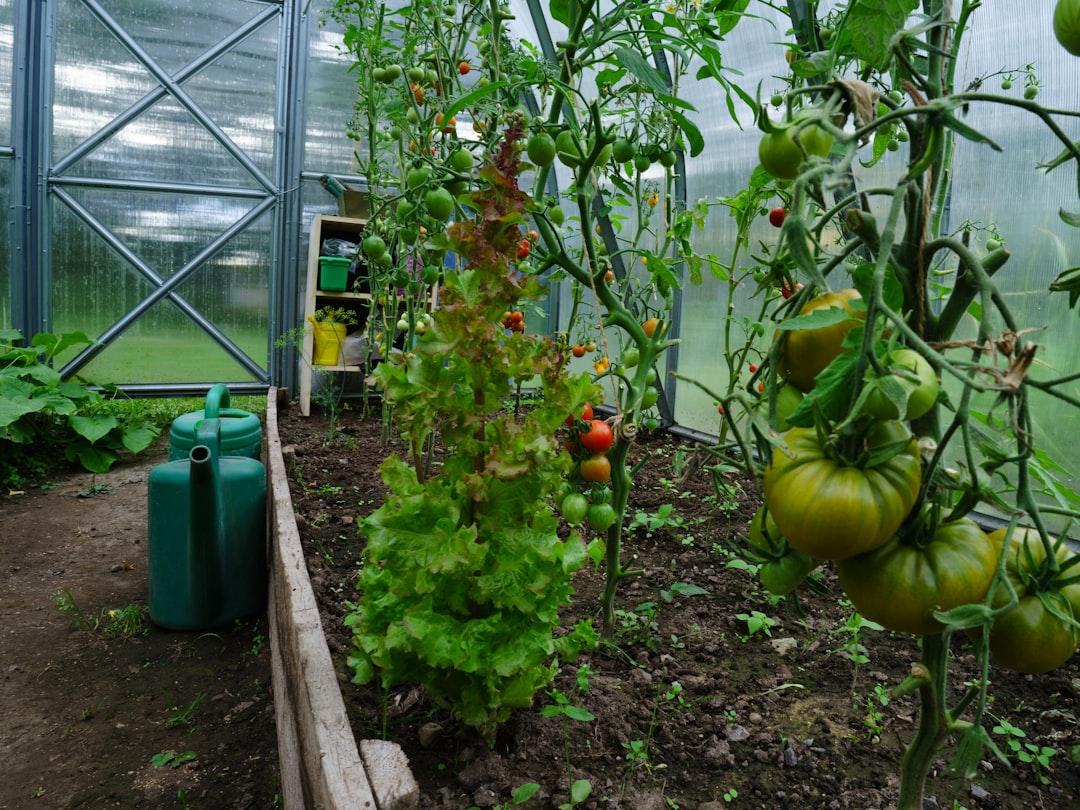
Unleashing the Magic of Okra: A Heat - Loving Garden Gem
Unleashing the Magic of Okra: A Heat - Loving Garden Gem
Unleashing the Secrets of Rosemary Harvesting
Unleashing the Secrets of Rosemary Harvesting
Prolong Your Veggie Harvest: The Magic of Floating Row Covers
Prolong Your Veggie Harvest: The Magic of Floating Row Covers